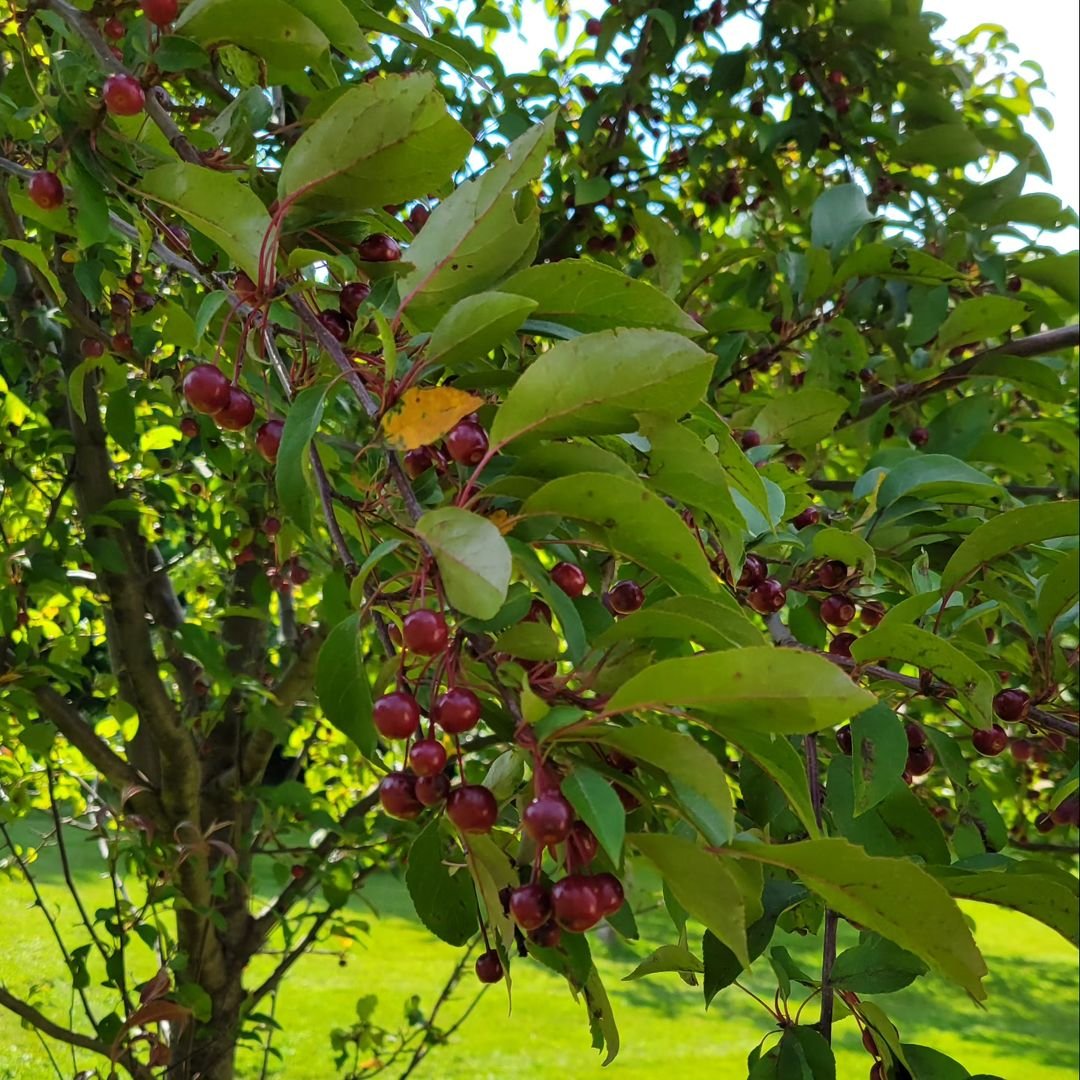Discover 20 fascinating trees that start with C! From the mighty Cedar to the colorful Cherry Blossom, explore their unique features, uses and interesting facts. Perfect for nature lovers, gardeners and curious minds looking to expand their tree knowledge.
Trees are amazing. They clean our air, give us shade and make our world more beautiful. Today, we’re going to explore 20 trees whose names start with the letter C. Some of these trees you might know and others might be new to you. Let’s learn about them together!
1. Cedar Tree
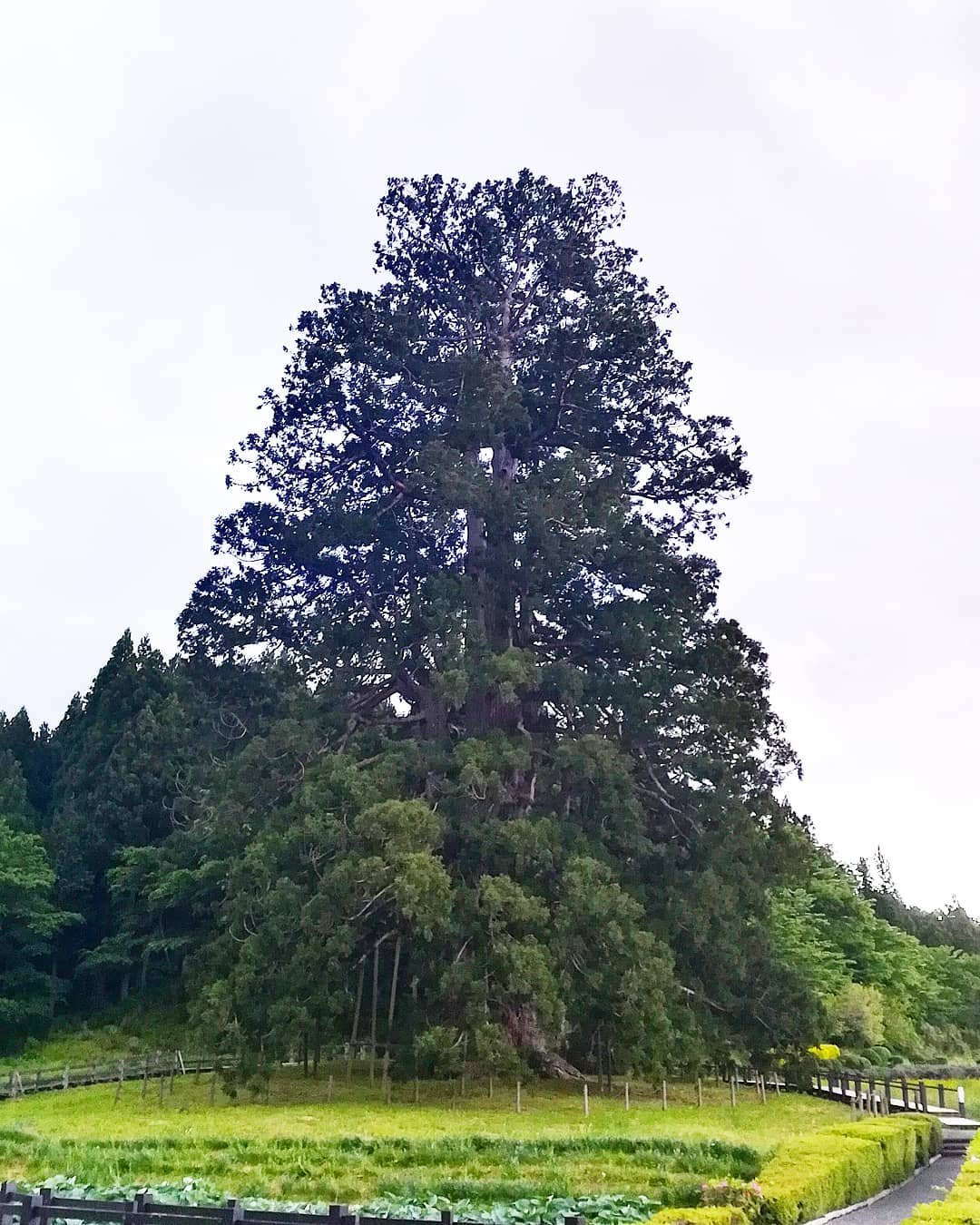
Cedar trees are famous for their nice smell. People use cedar wood to make closets and chests because the smell keeps moths away. These trees can live for a very long time – some for over 1,000 years! Cedar trees grow well in many different places, from cold mountains to warm areas near the sea. Learn more about cedar trees from the U.S. Forest Service.
2. Cherry Tree
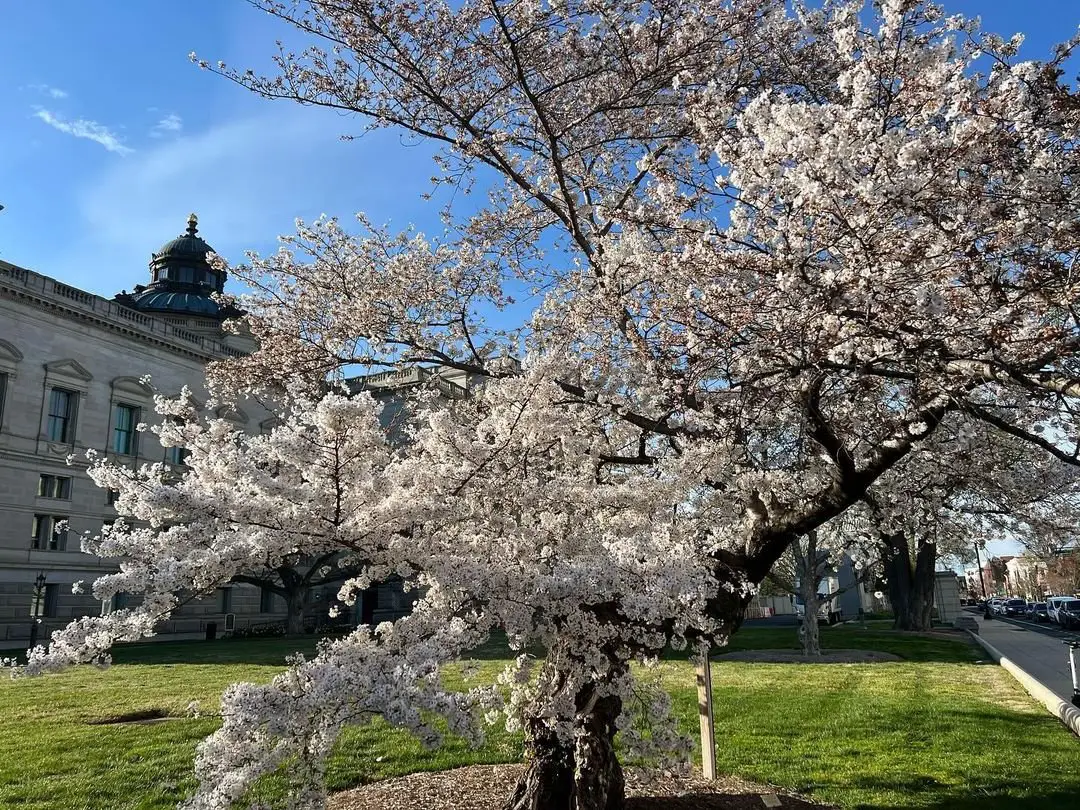
Cherry trees are loved for their beautiful flowers and tasty fruit. In spring, these trees burst with pink or white blossoms. Some cherry trees are grown just for their pretty flowers, while others give us the cherries we eat. In Japan, people have big parties when the cherry trees bloom. Discover cherry tree care from Cornell University.
3. Chestnut Tree
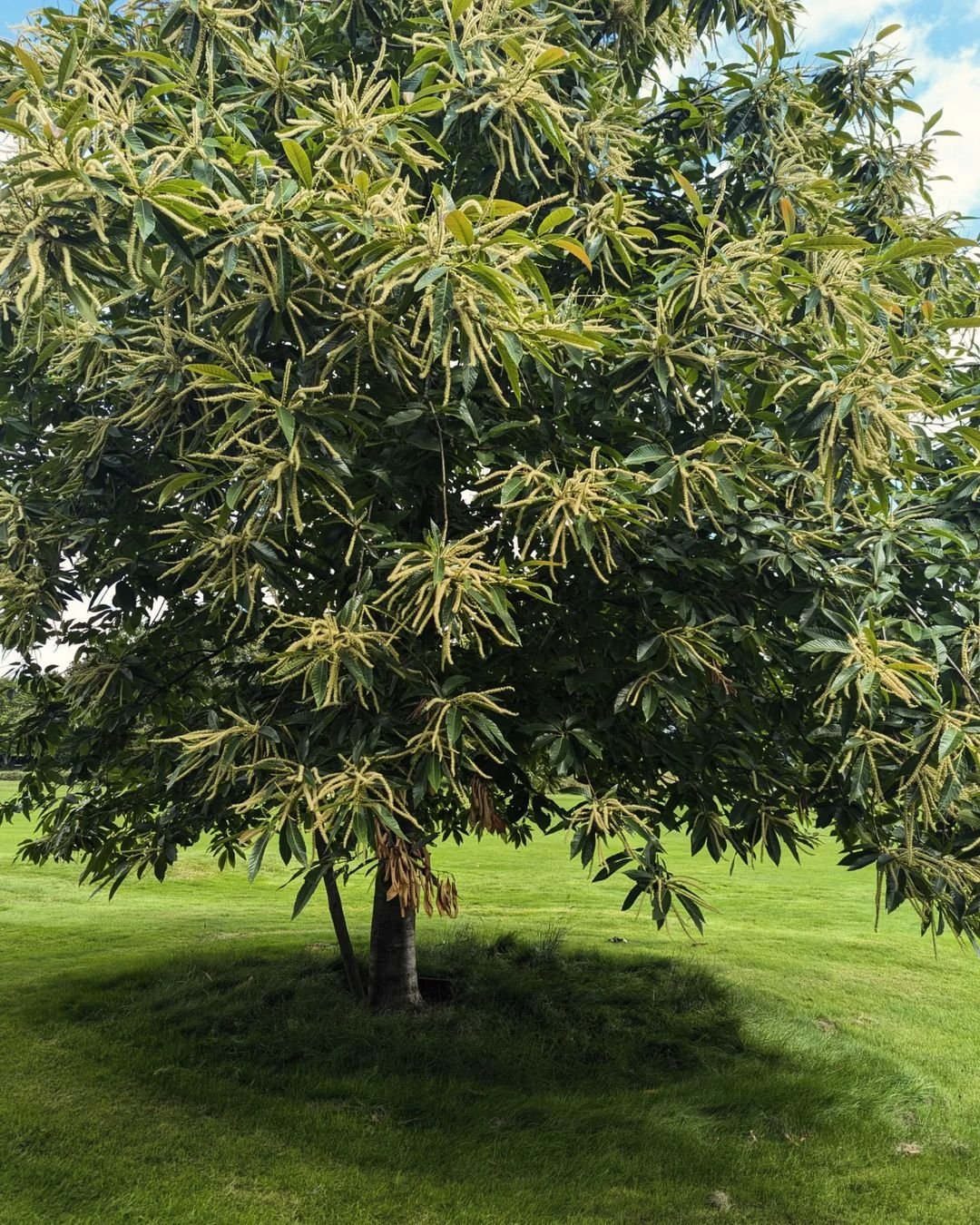
Chestnut trees used to be very common in the United States. They give us nuts that people roast and eat, especially during Christmas time. Sadly, many chestnut trees got sick and died a long time ago. Now, people are trying to bring them back by planting new, healthy chestnut trees. Read about chestnut restoration from the American Chestnut Foundation.
4. Cypress Tree
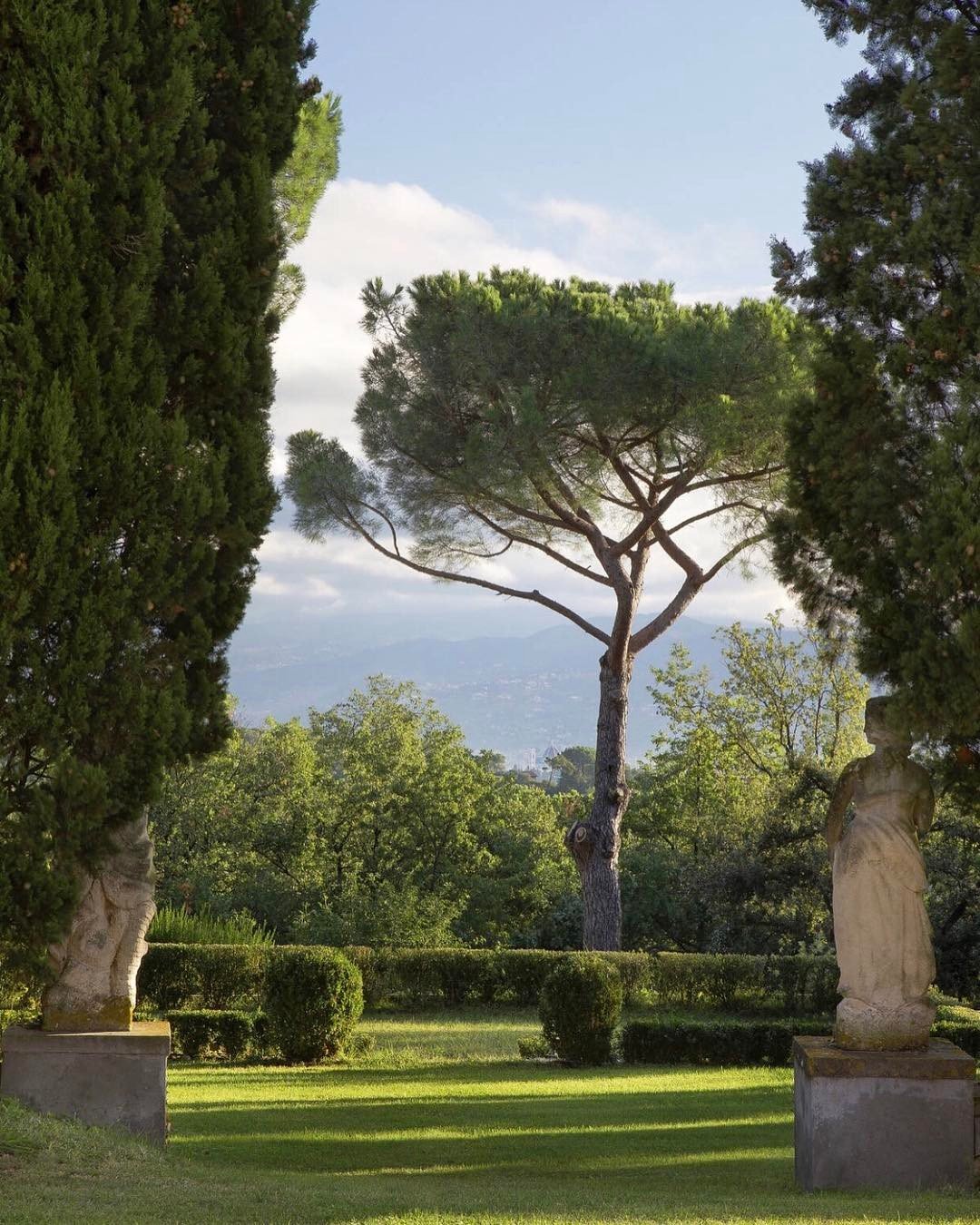
Cypress trees like to grow in wet places. They have roots that stick up out of the ground called “knees.” These knees help the tree breathe when it’s standing in water. Cypress wood is strong and doesn’t rot easily, so it’s good for building things that will be outside. Explore cypress ecosystems from the USGS.
5. Cottonwood Tree
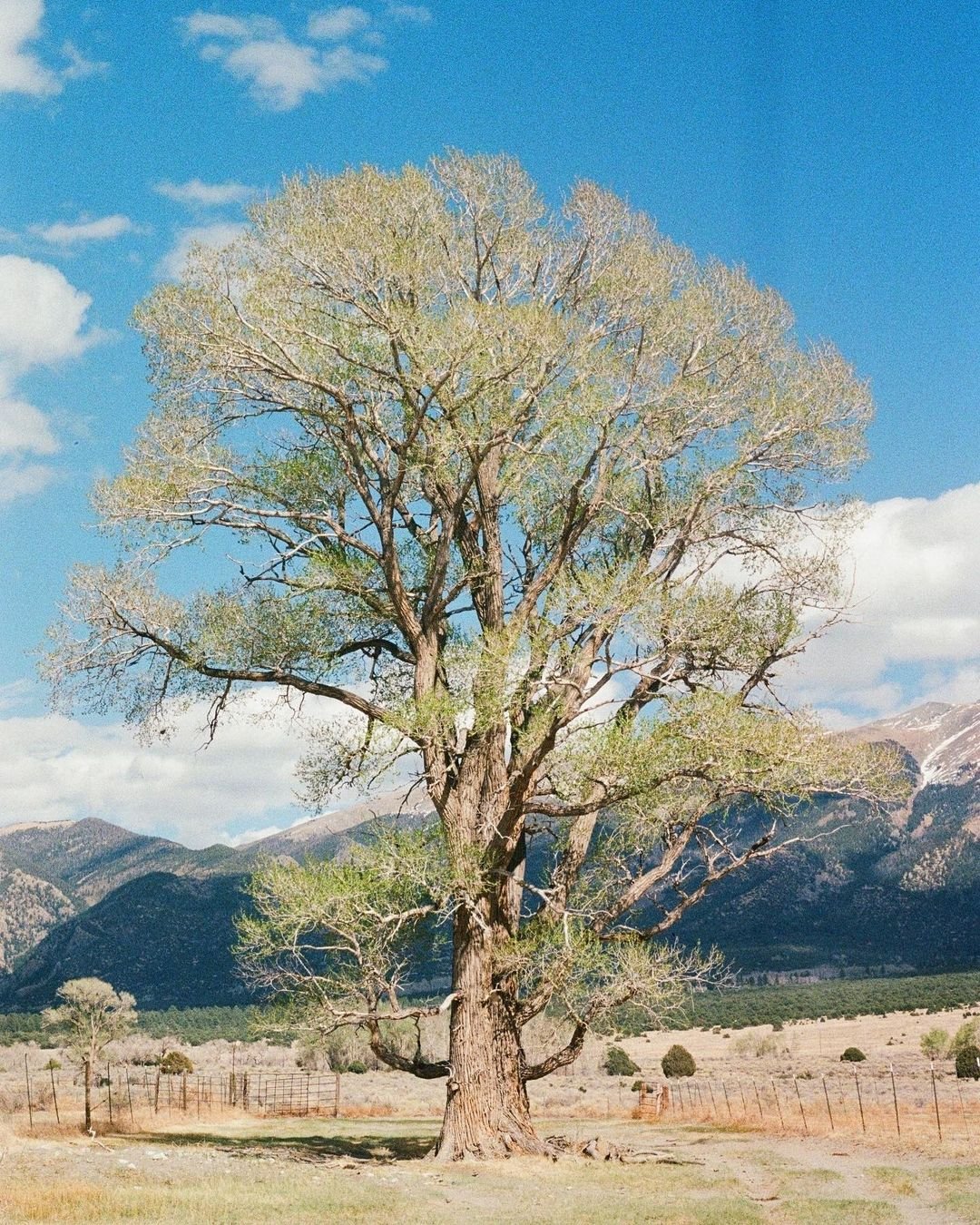
Cottonwood trees got their name because they make fluffy, cotton-like seeds that float in the air. These trees grow very fast and love to be near water. Native Americans used cottonwood trees for many things, including making canoes and medicine. Learn about cottonwoods from Colorado State University.
6. Catalpa Tree
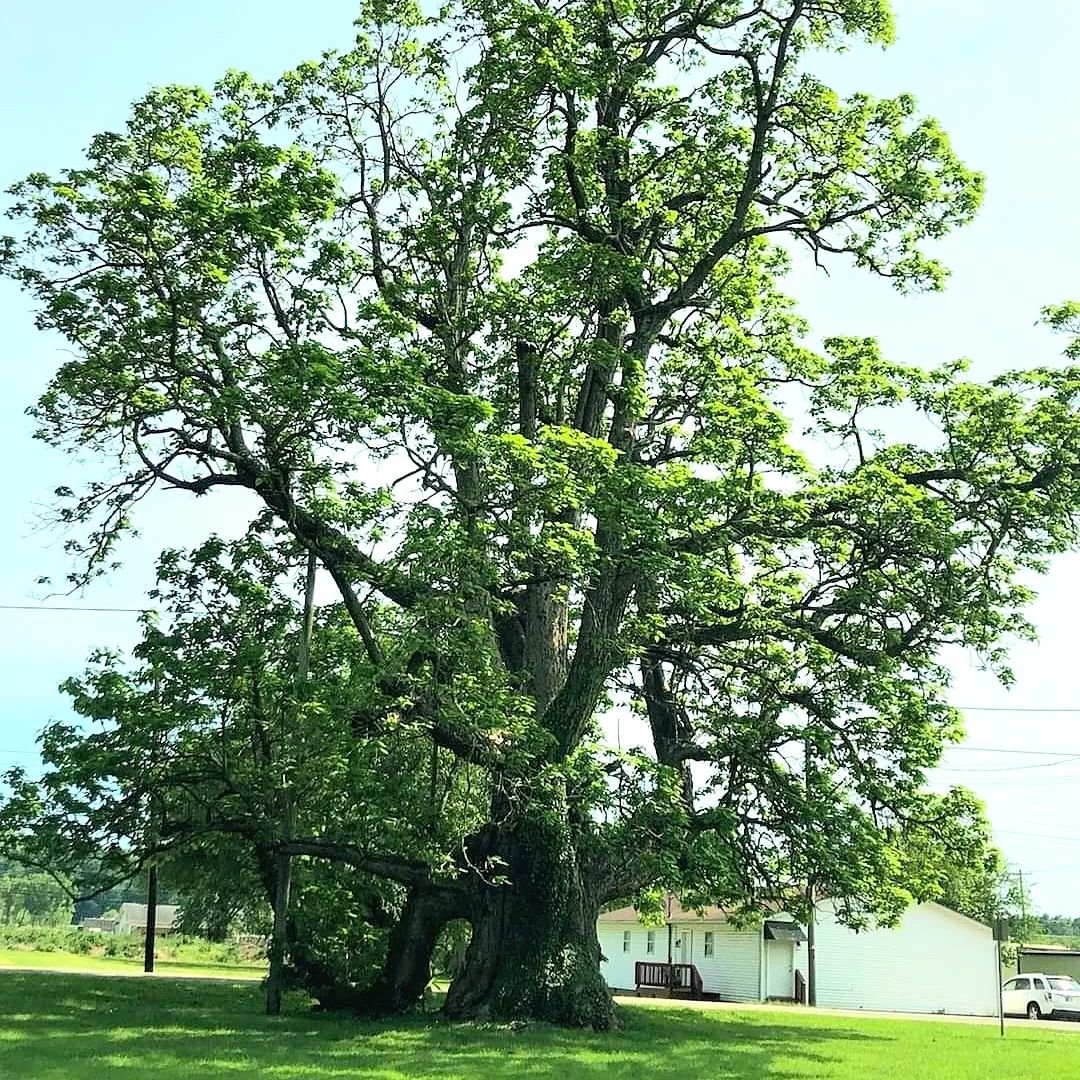
Catalpa trees have big, heart-shaped leaves and long seed pods that look like beans. Their flowers are white and shaped like trumpets. These trees are tough and can grow in many different places. 9.people call them “cigar trees” because of their long seed pods. Discover catalpa tree facts from Purdue University.
7. Crabapple Tree
Crabapple trees are like small apple trees. They have pretty flowers in spring and small, sour apples in fall. Birds and other animals love to eat crabapples. People use crabapples to make jelly and decorate their yards. Find crabapple tree information from the University of Maine.
8. Crape Myrtle Tree
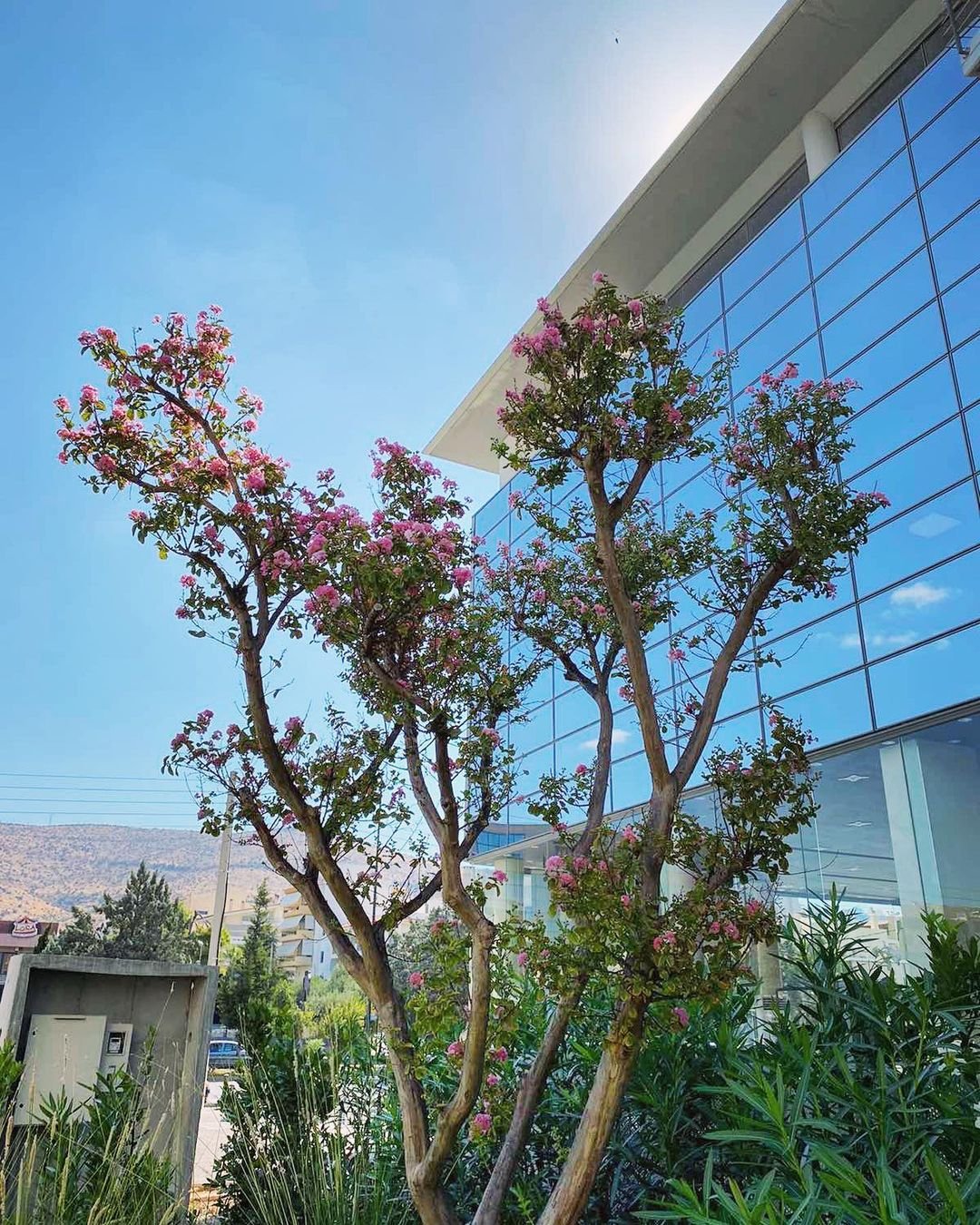
Crape myrtle trees are famous for their colorful flowers that bloom for a long time in summer. These trees come in many sizes, from small bushes to tall trees. Their bark is smooth and peels off in a pretty way. Crape myrtles are popular in warm parts of the United States. Read about crape myrtle care from Clemson University.
9. Copper Beech Tree
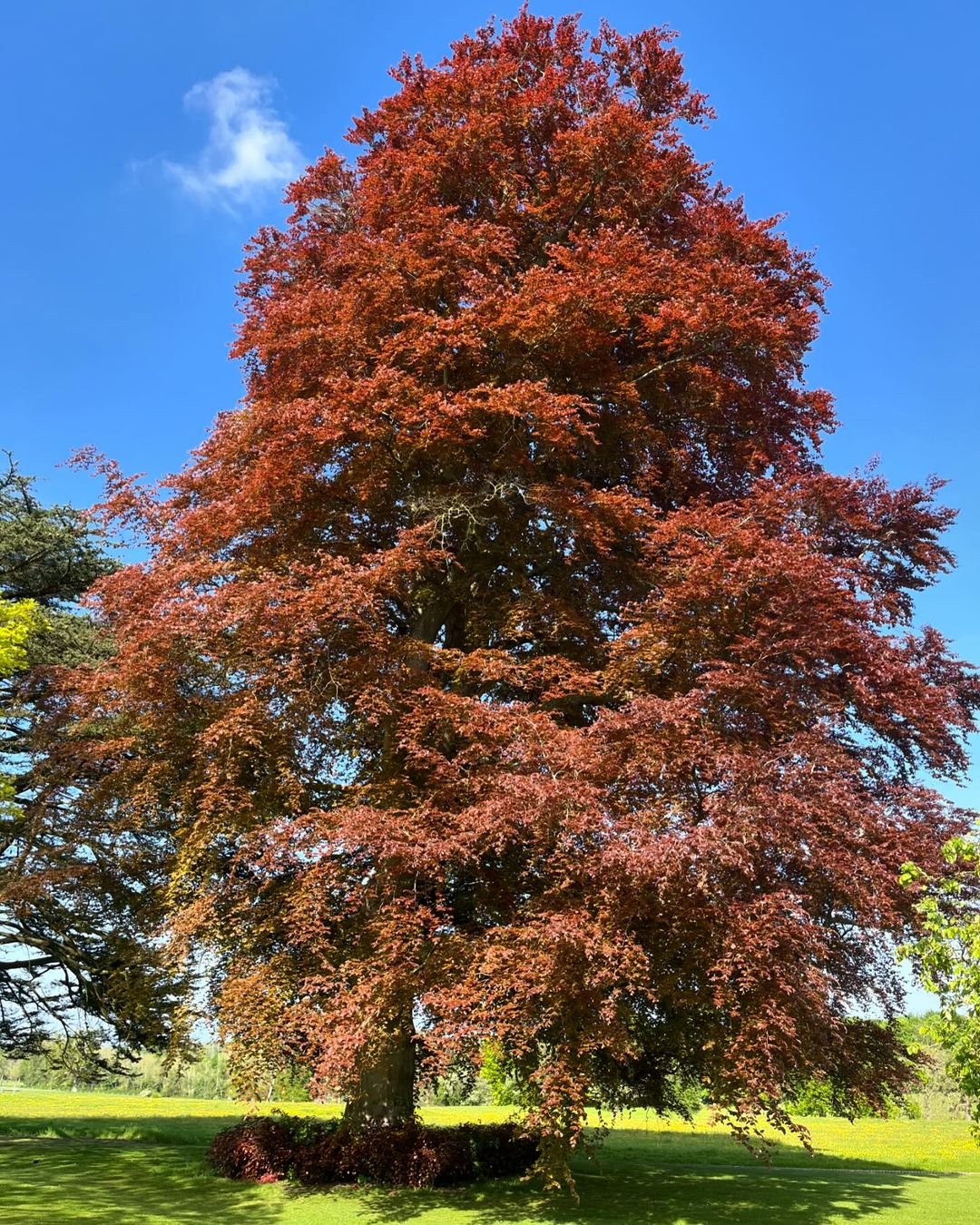
Copper beech trees are a special kind of beech tree with purple-colored leaves. They can grow very big and live for a long time. People often plant copper beech trees in parks and big yards because they look so nice. Learn about beech trees from the Arbor Day Foundation.
10. Coconut Palm Tree
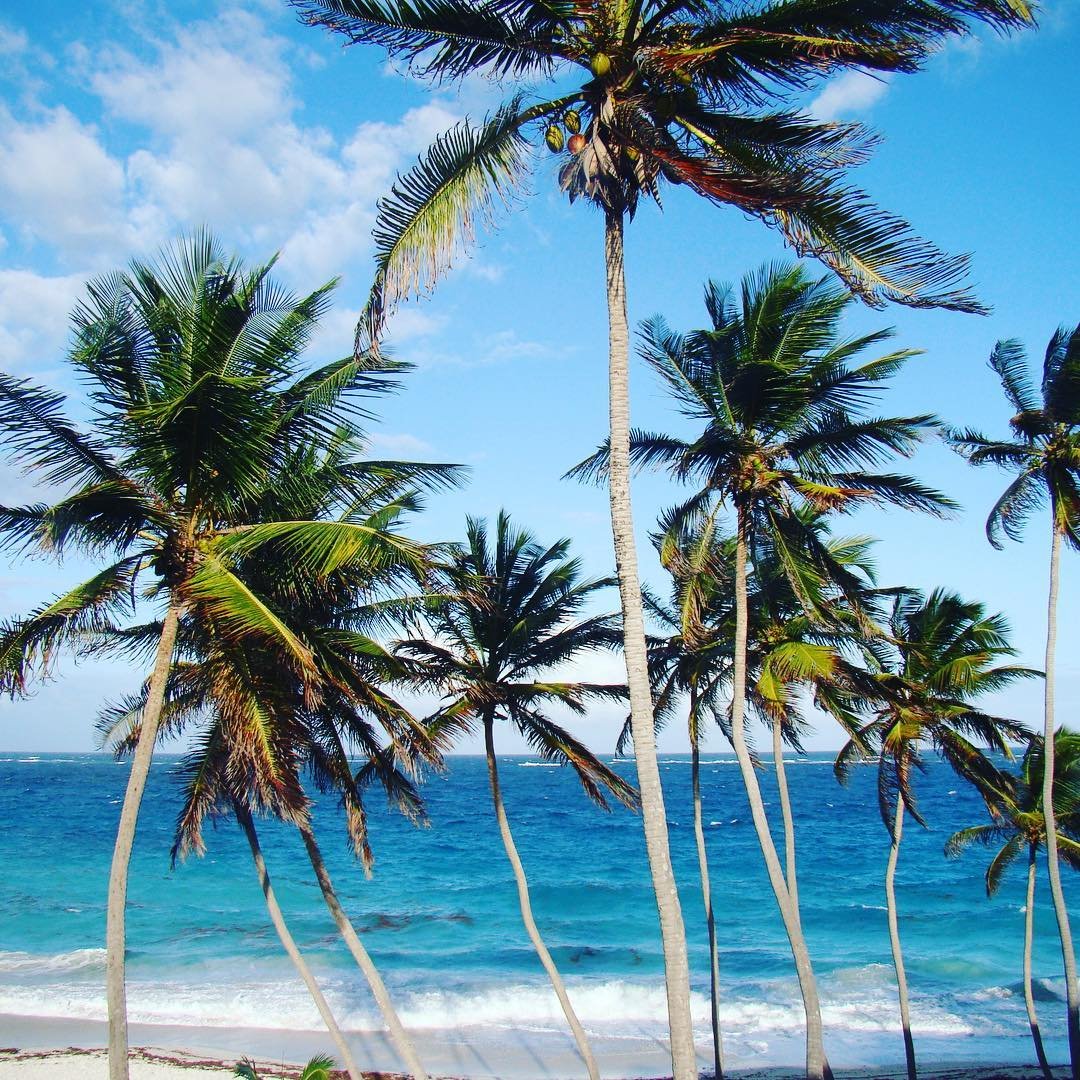
Coconut palm trees grow in warm, tropical places. They give us coconuts, which have water, meat, and oil that people use for food and other things. These trees can grow right next to the ocean and their roots help keep the sand from washing away. Explore coconut palm information from the University of Florida.
11. Chinaberry Tree
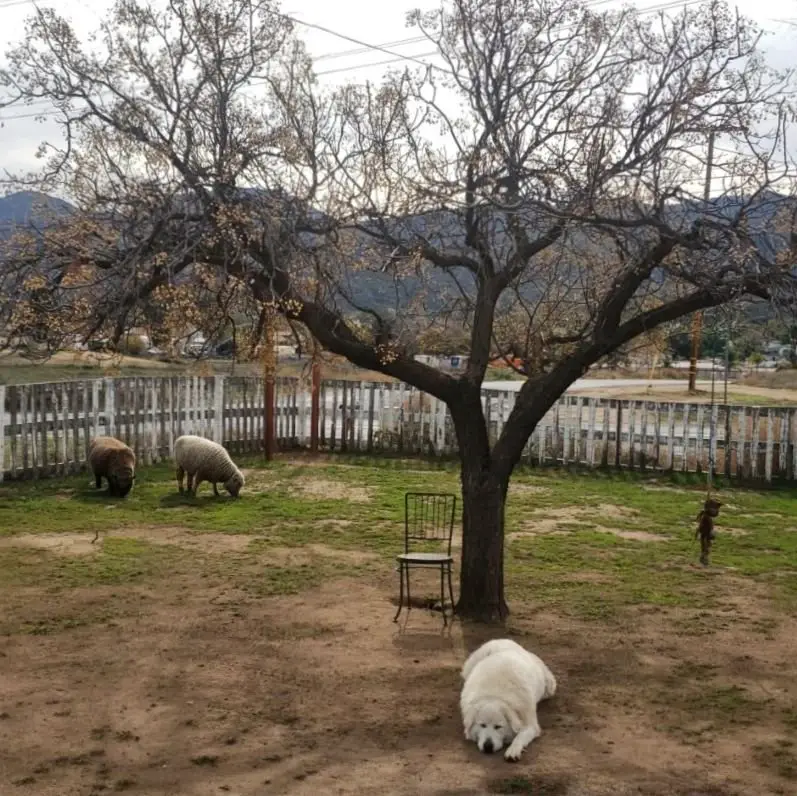
Chinaberry trees are from Asia but now grow in many warm parts of the world. They have purple flowers and yellow berries. Birds like to eat the berries, but they can make people sick. Some places don’t want people to plant chinaberry trees because they can spread too much. Learn about chinaberry tree management from the University of Florida.
12. Chokecherry Tree
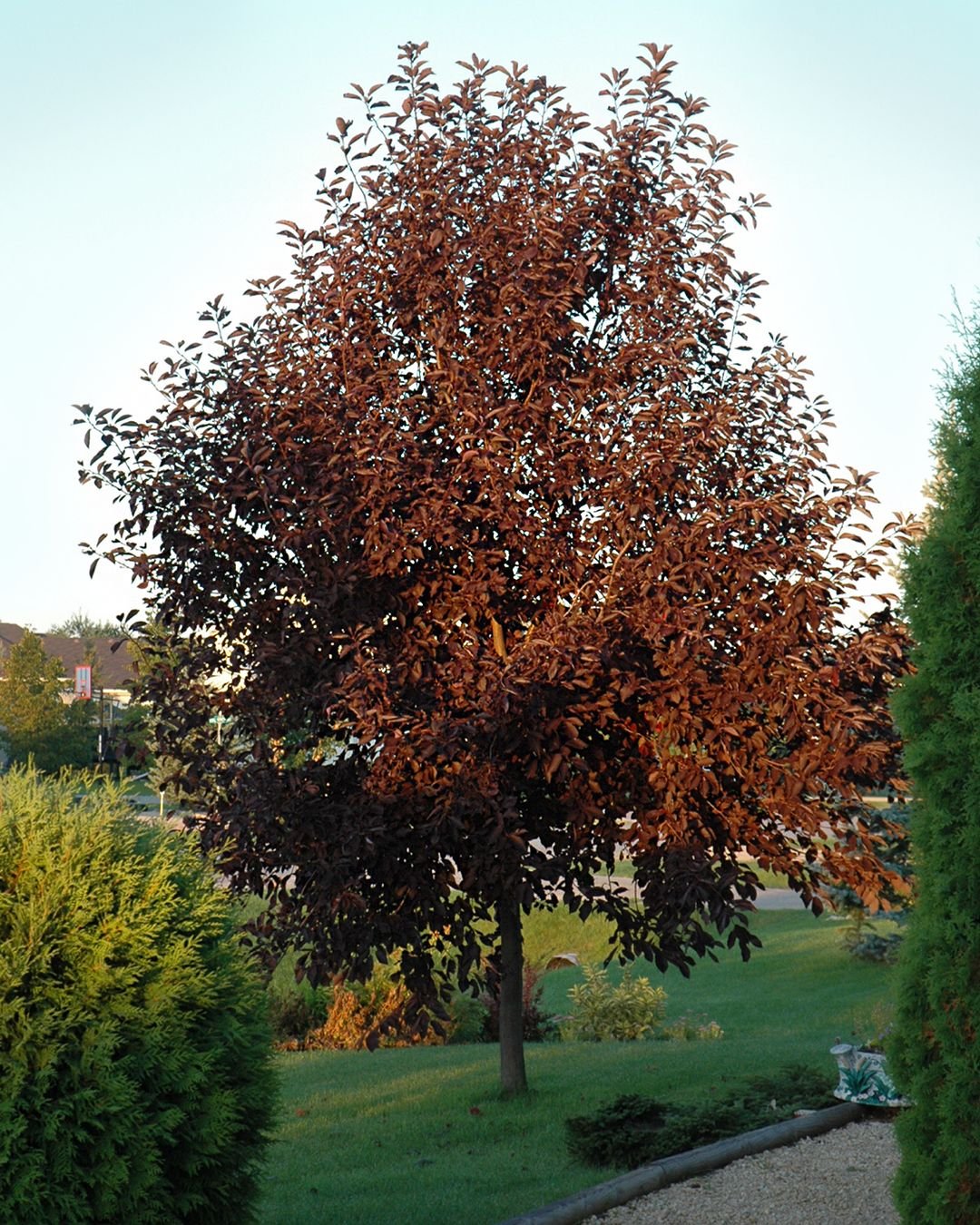
Chokecherry trees are small trees or big bushes that grow in many parts of North America. They have white flowers and small, dark berries. Native Americans used chokecherries for food and medicine. Today, people still use the berries to make jelly and wine. Discover chokecherry facts from North Dakota State University.
13. Cork Oak Tree
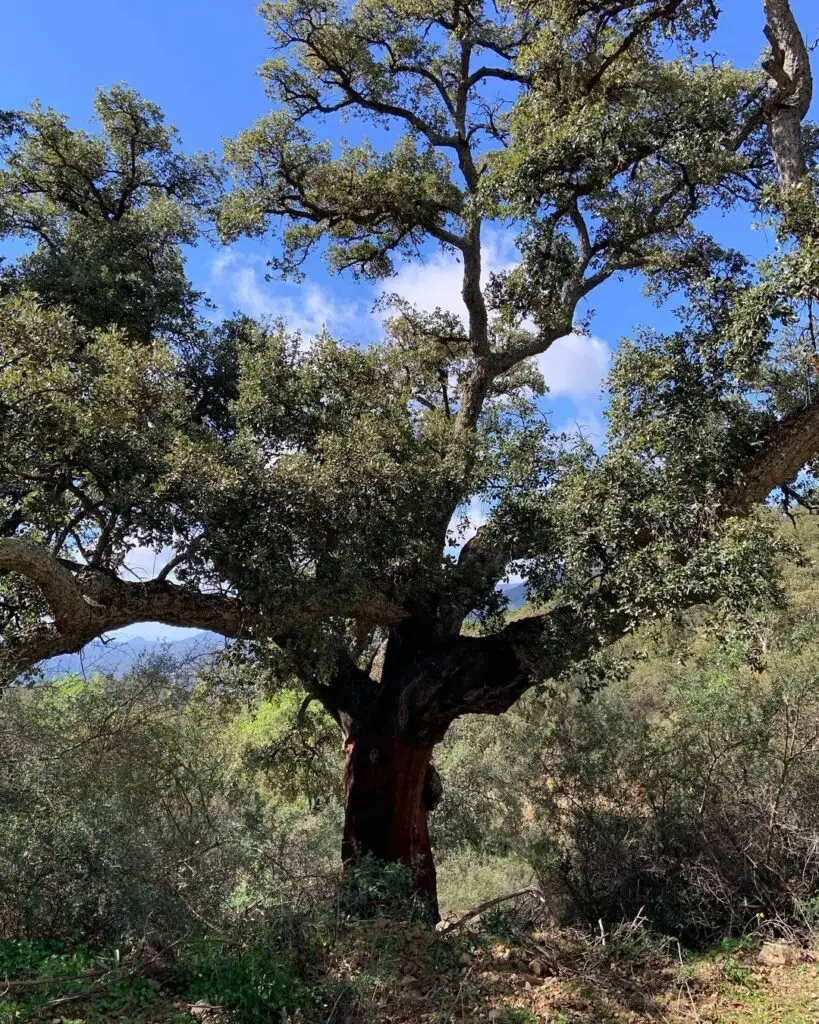
Cork oak trees are special because their bark is used to make cork. The bark can be taken off without hurting the tree and it grows back. These trees grow mostly in countries around the Mediterranean Sea. Besides making corks for wine bottles, cork is used for many other things too. Explore cork oak ecosystems from the World Wildlife Fund.
14. Calabash Tree
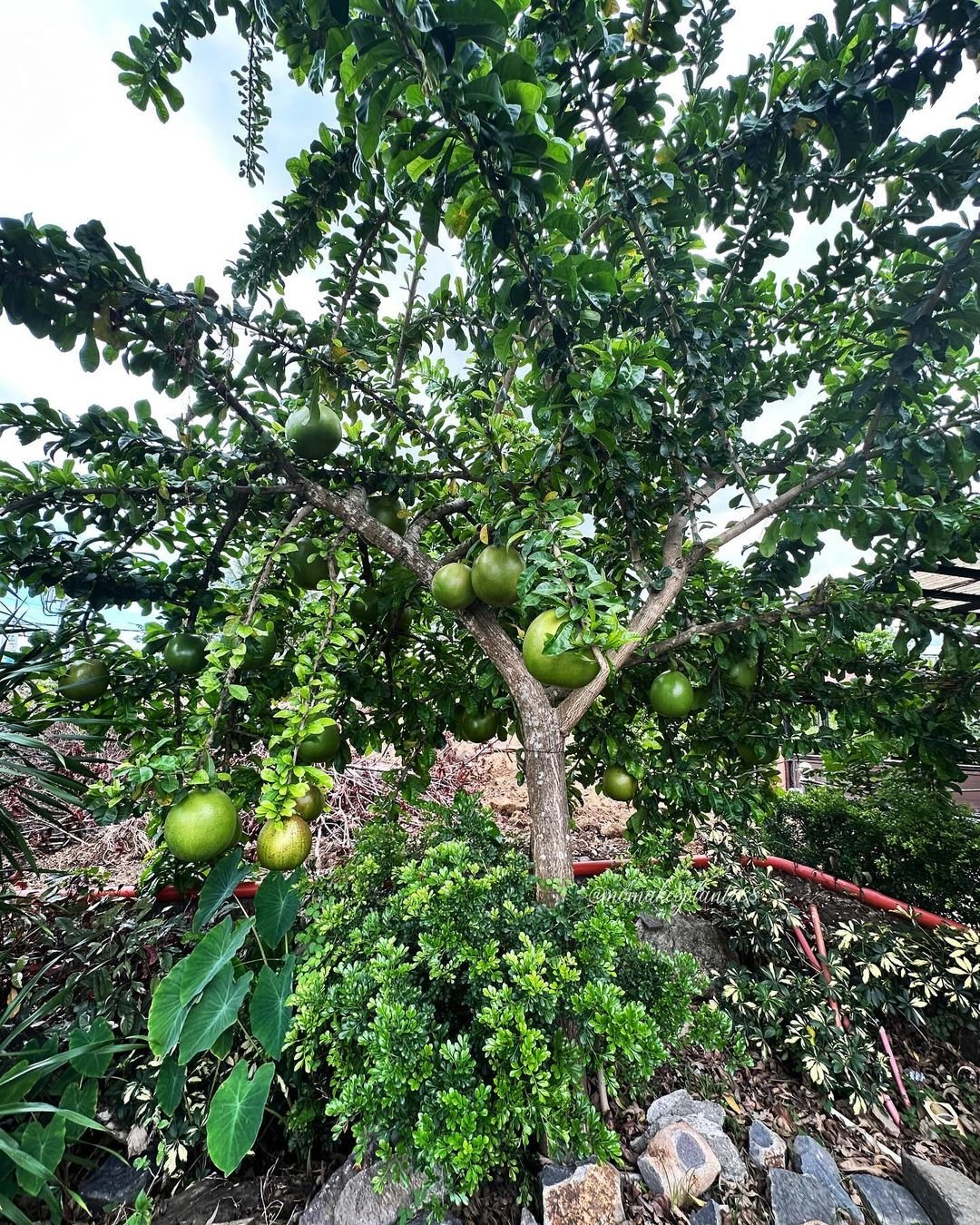
Calabash trees grow in tropical places. They’re famous for their big, round fruits with hard shells. People use these shells to make bowls, cups and even musical instruments. The calabash tree is sometimes called the “tree of life” because it has so many uses. Read about calabash tree uses from Purdue University.
15. Chinese Elm Tree
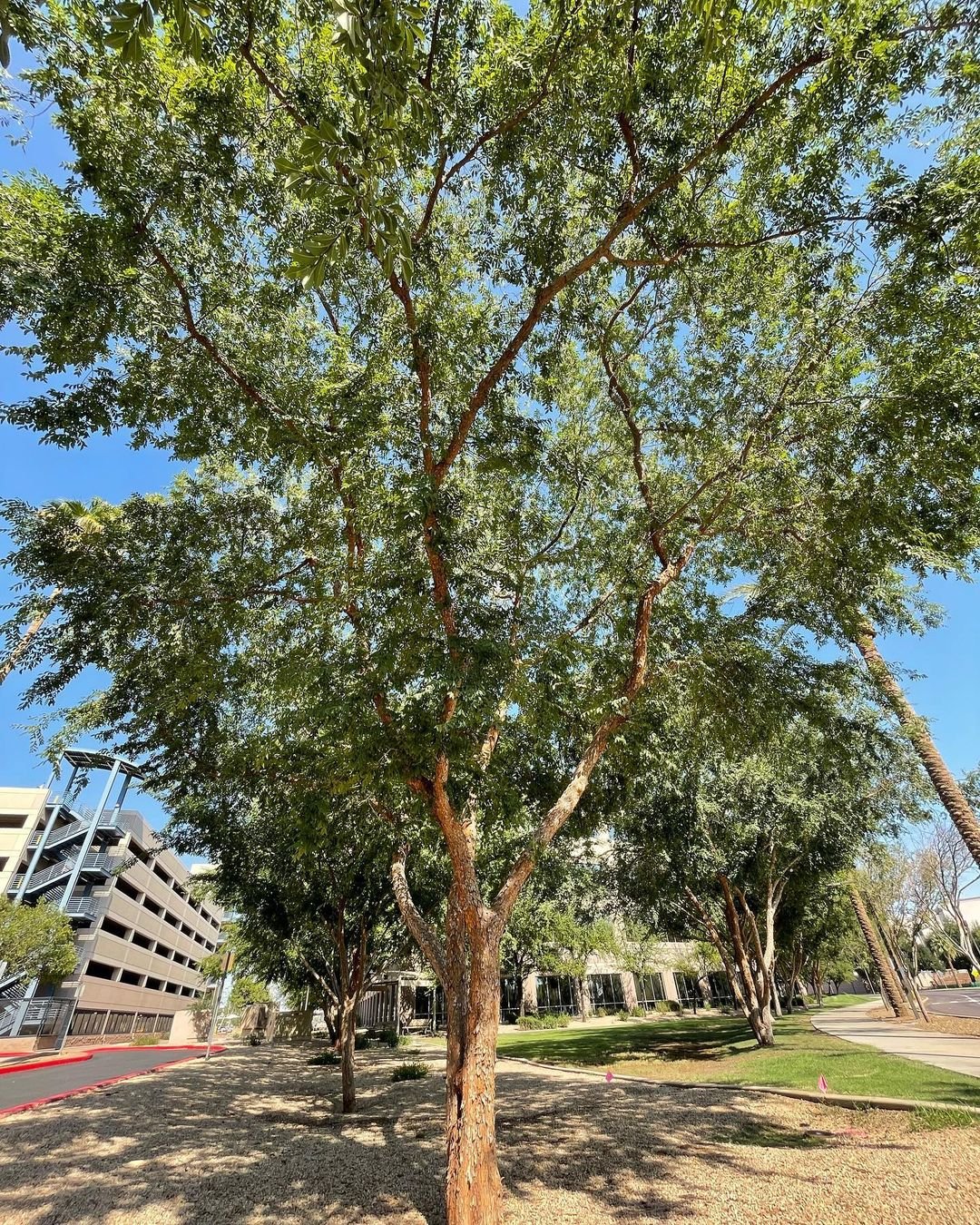
Chinese elm trees are tough and can grow in many different places. They have small leaves and bark that peels off in a pretty way. These trees are often used in bonsai, which is the art of growing tiny trees in pots. Chinese elms are good for planting in cities because they can handle pollution well. Learn about Chinese elm care from the University of Florida.
16. Cucumber Tree
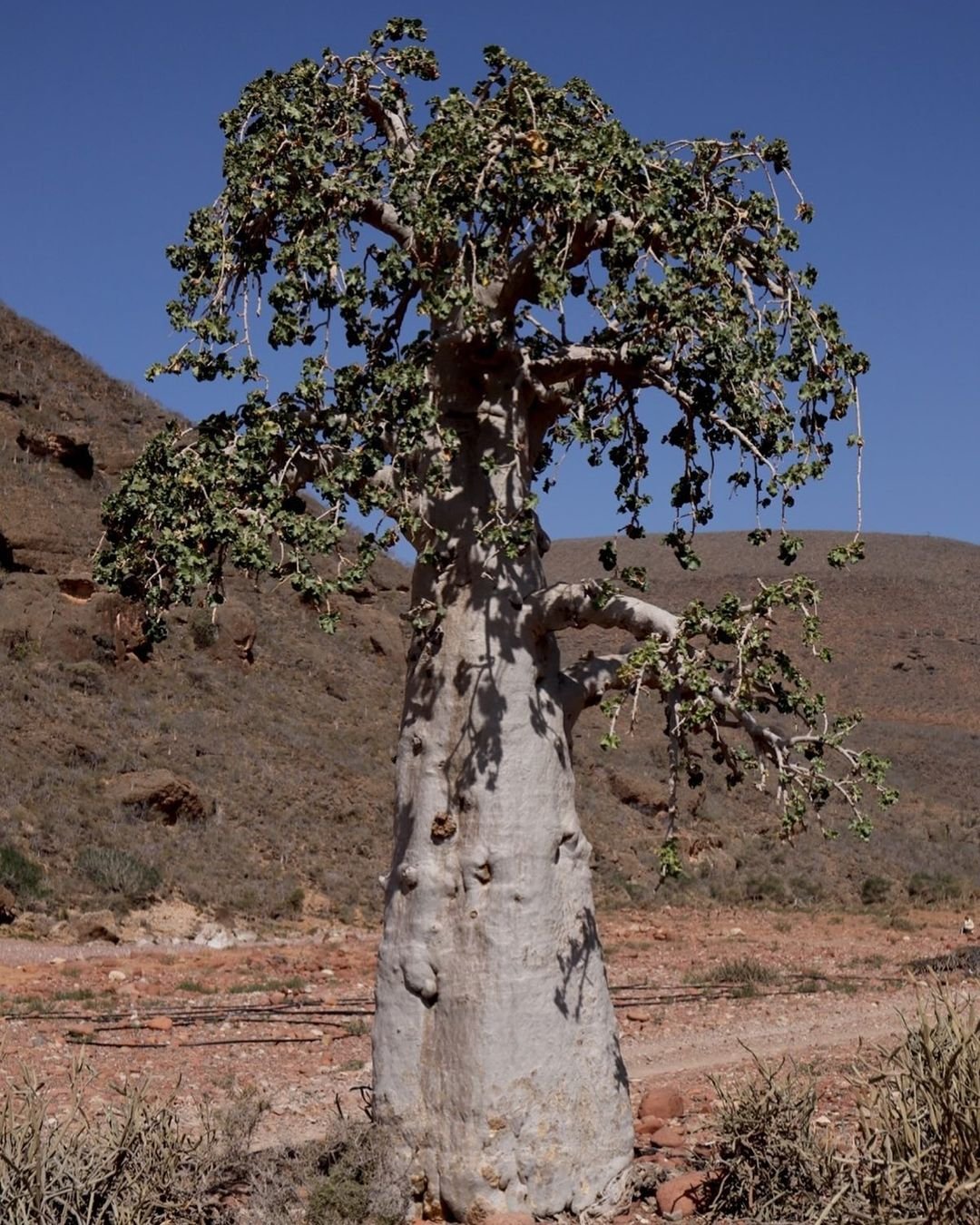
Cucumber trees are a kind of magnolia tree. They got their name because their fruit looks a bit like a cucumber. These trees have big leaves and grow in forests in the eastern United States. Cucumber trees are becoming rare in some places, so people are working to protect them. Discover cucumber tree facts from the U.S. Forest Service.
17. Cockspur Hawthorn Tree
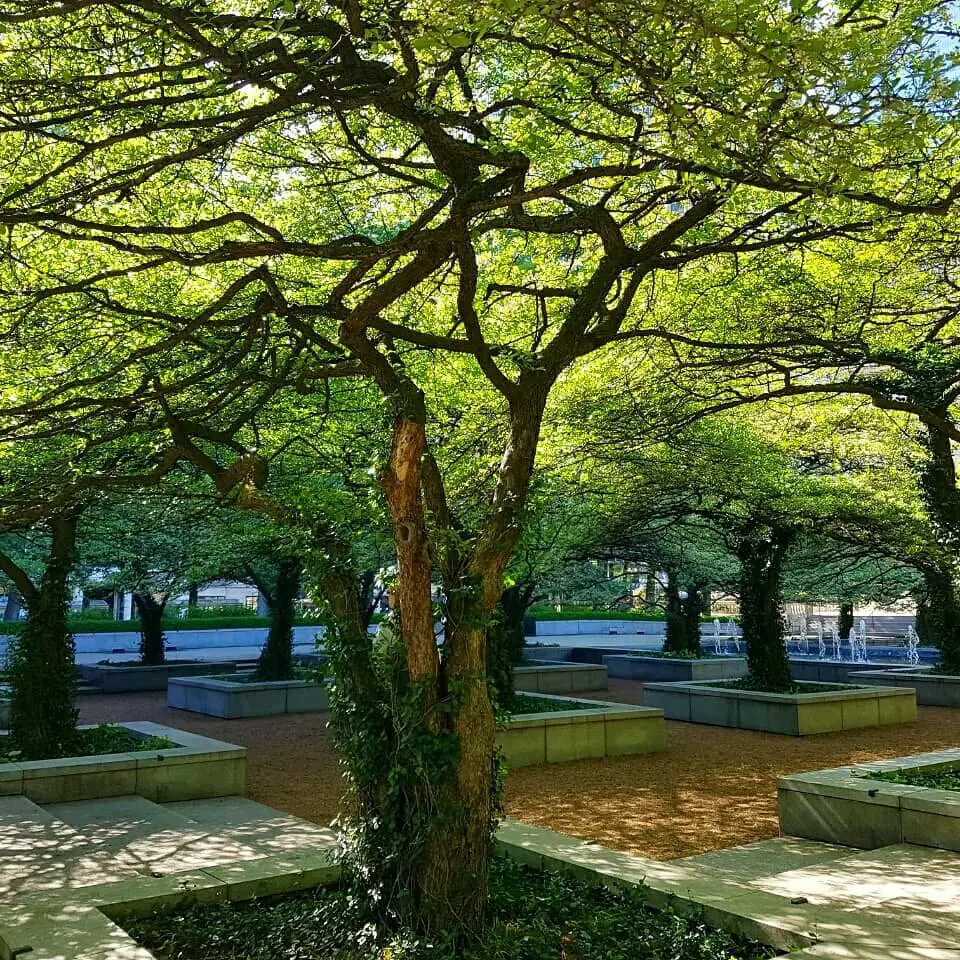
Cockspur hawthorn trees are small trees with very sharp thorns. They have white flowers in spring and red berries in fall. Birds like to nest in these trees because the thorns keep them safe. The wood from hawthorn trees is very hard and was used to make tools in the past. Explore hawthorn tree information from the University of Kentucky.
18. Camphor Tree
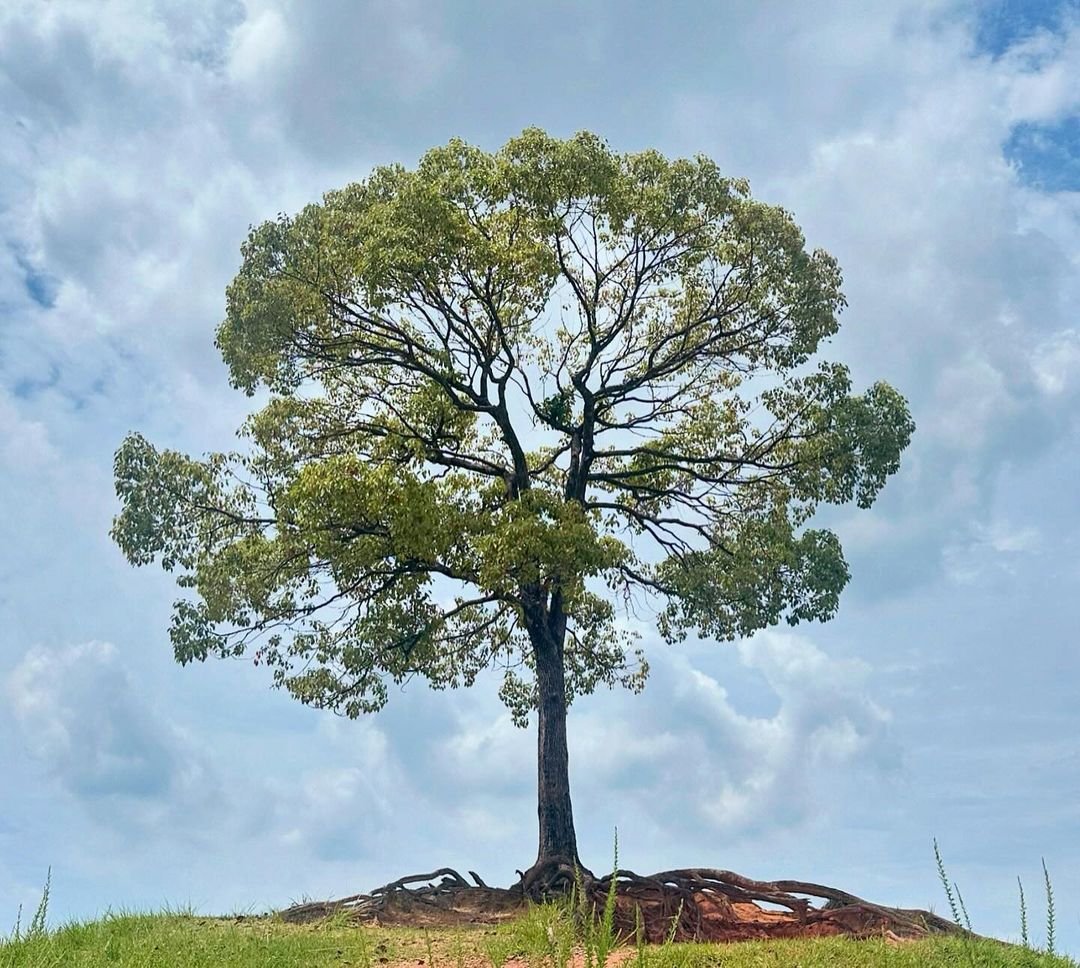
Camphor trees are big evergreen trees that come from Asia. They’re famous for the strong-smelling oil in their wood and leaves. People use camphor oil in medicines and to keep insects away. These trees can live for a very long time and some are over 1,000 years old! Read about camphor tree management from the University of Florida.
19. Carob Tree
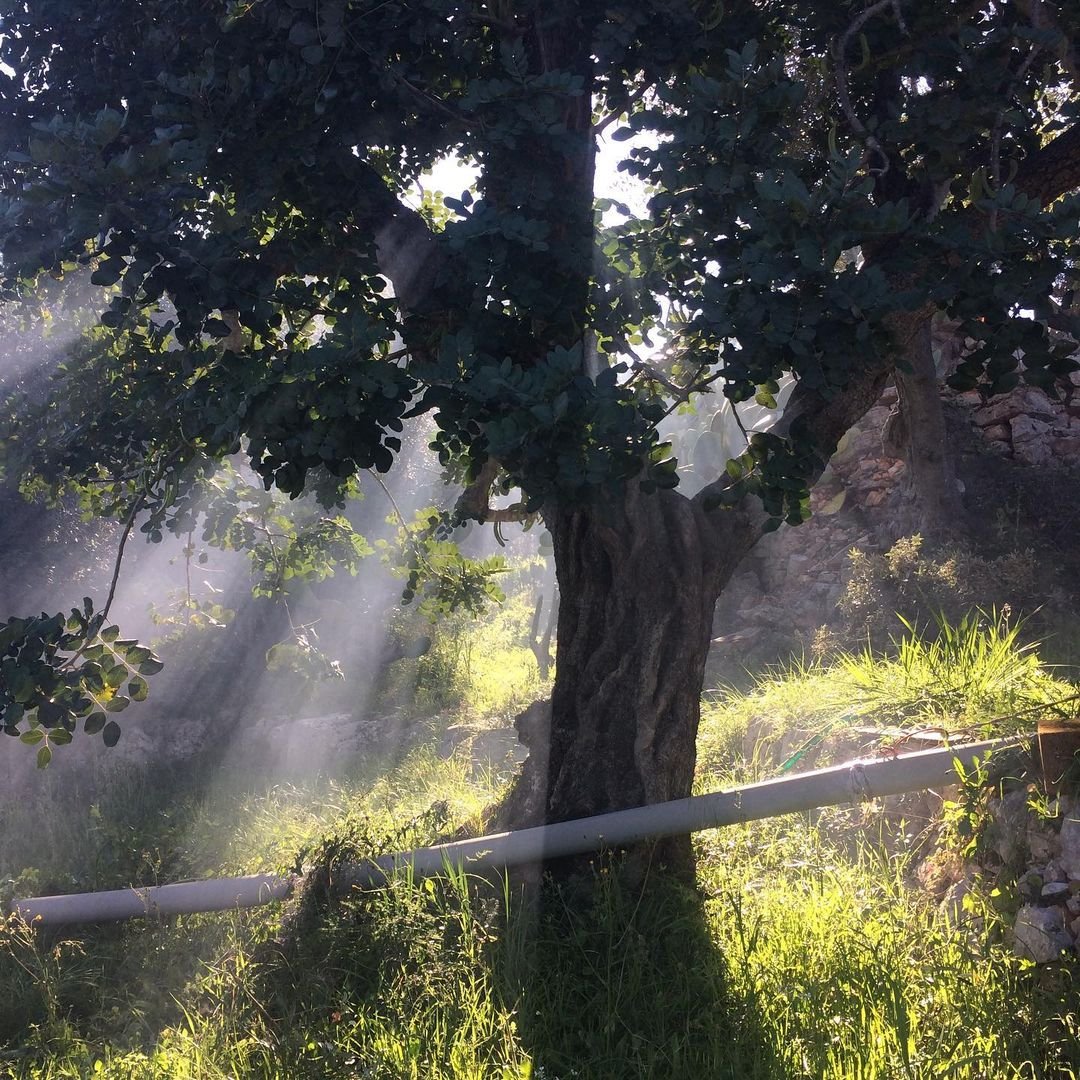
Carob trees grow in warm, dry places. Their pods are used to make a food that tastes a bit like chocolate. Carob is good for people who can’t eat chocolate. These trees don’t need much water and can grow in places where other trees might not survive. Learn about carob tree cultivation from the University of Arizona.
20. Carolina Silverbell Tree
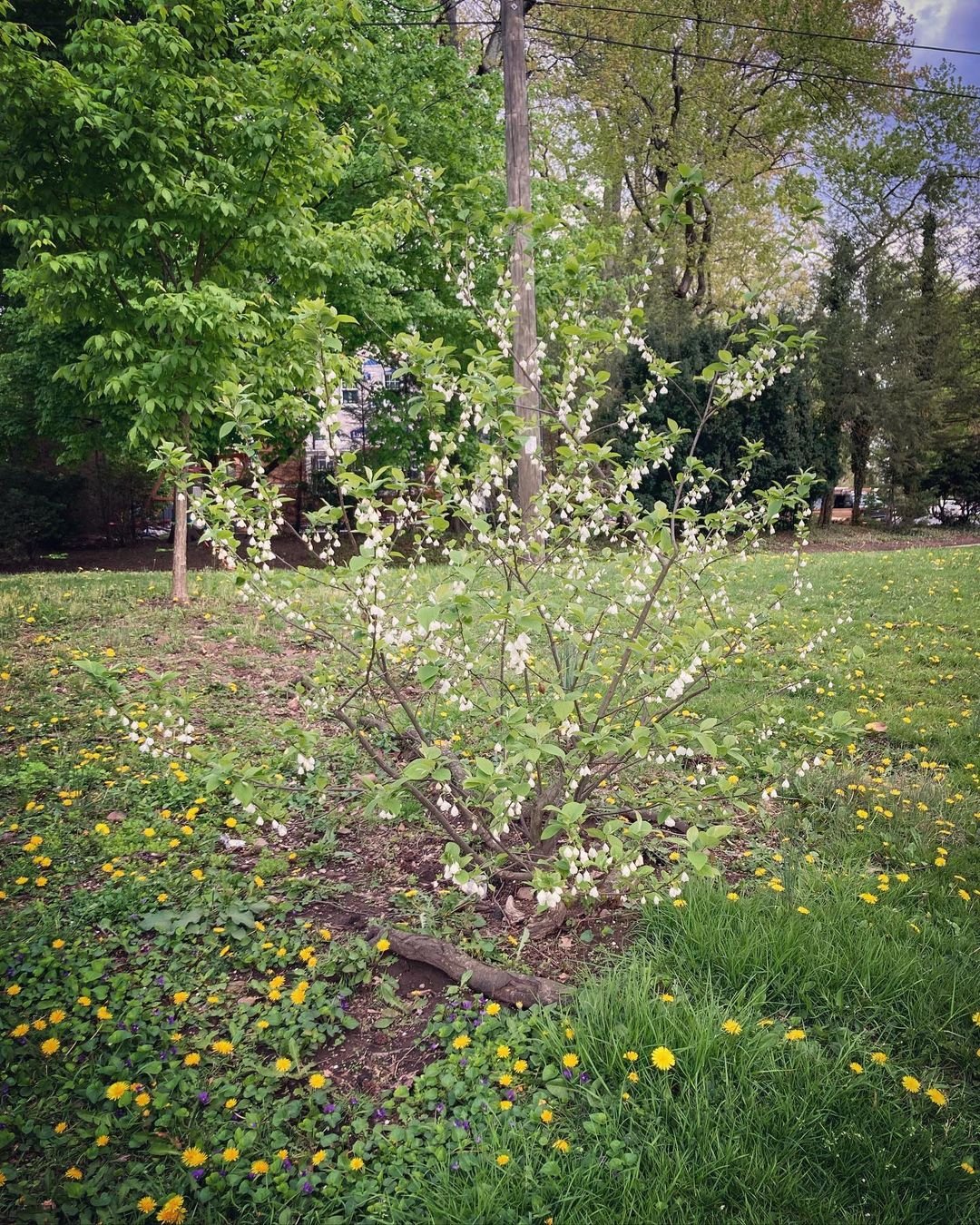
Carolina silverbell trees are named for their pretty, bell-shaped flowers that hang down from the branches. These trees are native to the southeastern United States. They’re often planted in gardens because of their beautiful flowers and nice shape. Discover Carolina silverbell facts from the U.S. Forest Service.
Trees are very important for our world. They give homes to animals, clean our air and help stop climate change. Here are some ways you can help trees:
- Plant a tree in your yard or join a tree-planting group.
- Learn about the trees in your area. Knowing trees helps us take care of them better.
- Don’t carve into tree bark or break branches. This can hurt the tree.
- If you have trees in your yard, water them when it’s very dry.
- Tell others about how important trees are!
Trees teach us many things. They show us how to be strong and flexible, how to grow slowly but steadily and how to be useful to others. Just like a tree spreads its branches to give shade and its fruits to give food, we can spread kindness and help others.
Next time you’re outside, try to spot some of these C-named trees. You might be surprised at how many you can find! And remember, every tree you see started as a tiny seed. Just like these trees, you can grow and do amazing things too.
So go out, enjoy the trees and keep learning about the world around you. Who knows? Maybe you’ll discover a new type of tree someday, or find a way to help protect our forests. The possibilities are as big as the tallest tree!
For more gardening tips and plant care guides, visit usagardenhub.com.


